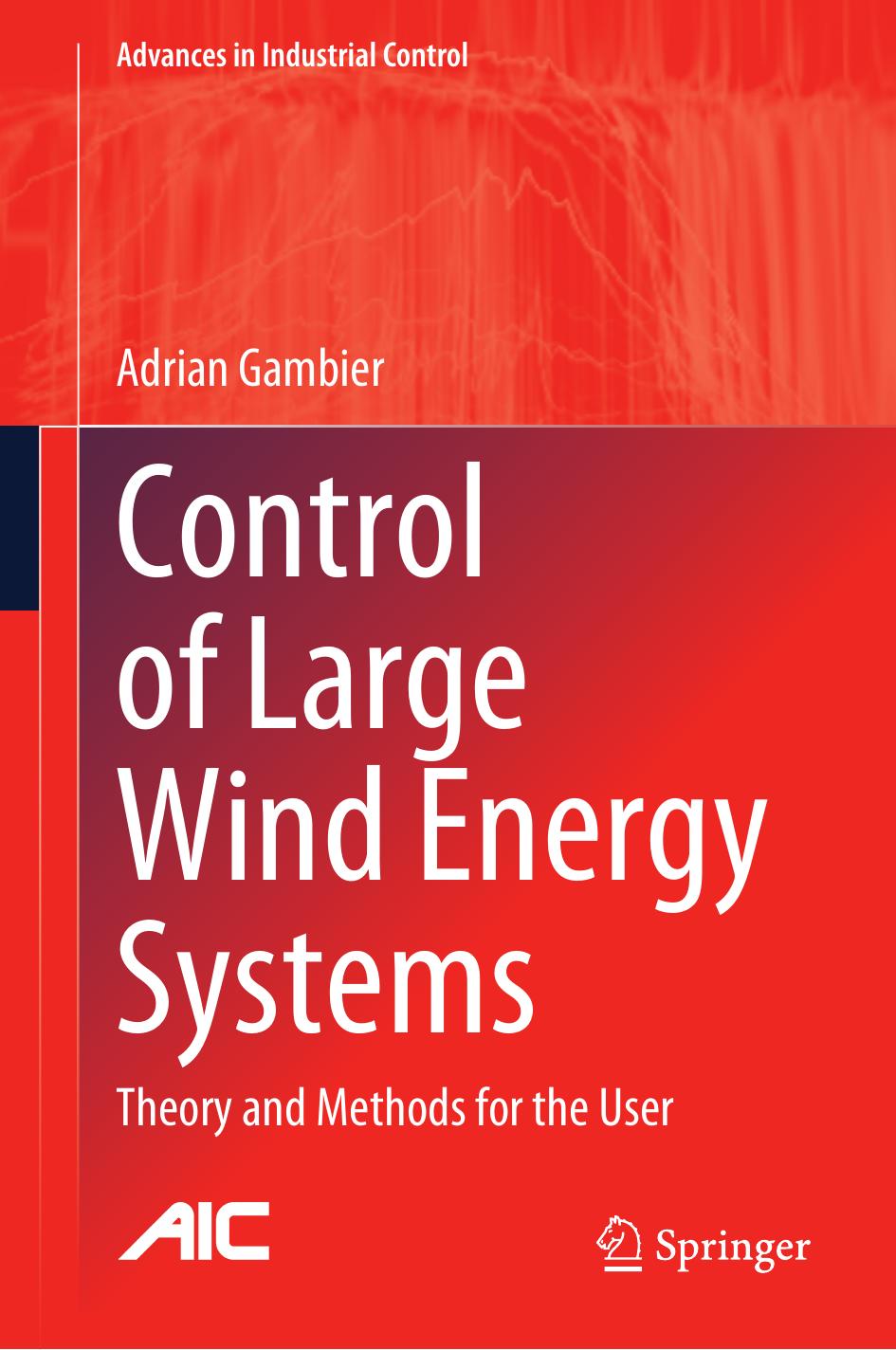

Most ebook files are in PDF format, so you can easily read them using various software such as Foxit Reader or directly on the Google Chrome browser.
Some ebook files are released by publishers in other formats such as .awz, .mobi, .epub, .fb2, etc. You may need to install specific software to read these formats on mobile/PC, such as Calibre.
Please read the tutorial at this link. https://ebooknice.com/page/post?id=faq
We offer FREE conversion to the popular formats you request; however, this may take some time. Therefore, right after payment, please email us, and we will try to provide the service as quickly as possible.
For some exceptional file formats or broken links (if any), please refrain from opening any disputes. Instead, email us first, and we will try to assist within a maximum of 6 hours.
EbookNice Team

Status:
Available4.3
8 reviewsWind energy systems are central contributors to renewable energy generation, and their technology is continuously improved and updated. Without losing sight of theory, Control of Large Wind Energy Systems demonstrates how to implement concrete control systems for modern wind turbines, explaining the reasons behind choices and decisions.
This book provides an extended treatment of different control topics divided into three thematic parts including modelling, control and implementation. Solutions for real-life difficulties such as multi-parameter tuning of several controllers, curve fitting of nonlinear power curves, and filter design for concrete signals are also undertaken. Examples and a case study are included to illustrate the parametrization of models, the control systems design with problems and possible solutions. Advice for the selection of control laws, calculation of specific parameters, which are necessary for the control laws, as the sensitivity functions, is given, as well as an evaluation of control performance based on indices and load calculation.
Control of Large Wind Energy Systems covers methodologies which are not usually found in literature on this topic, including fractional order PID and nonlinear PID for pitch control, peak shaving control and extremum seeking control for the generator control, yaw control and shutdown control. This makes it an ideal book for postgraduate students, researchers and industrial engineers in the field of wind turbine control.